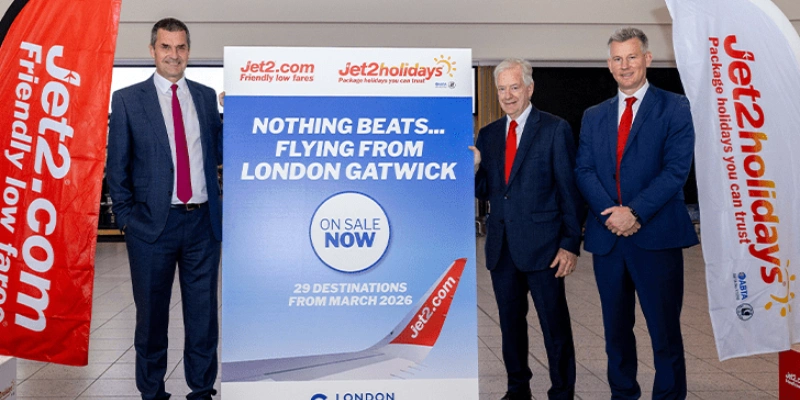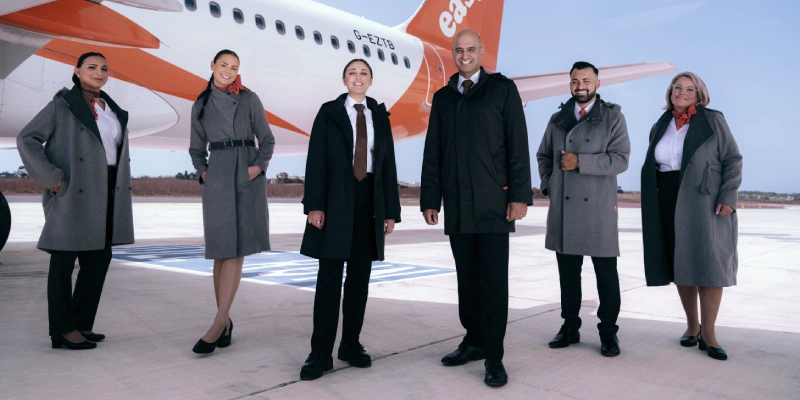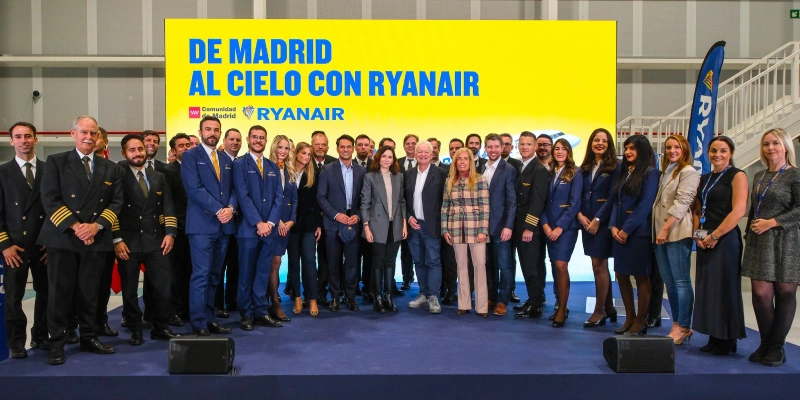In a move that could transform Brazil’s aviation landscape, Azul and Gol, two of the country’s leading airlines, are moving closer to a potential merger, a securities filing showed on Wednesday. This deal, still in its preliminary stages, would consolidate a dominant airline in Latin America’s largest economy, with an approximate 60% market share.
What Does This Merger Entail?
According to Azul’s CEO, John Rodgerson, the combination of both companies would create a “national champion” in Brazilian aviation. Although they would operate as separate brands under a single ownership, this union promises increased connectivity, reduced costs, and a stronger aviation industry in the country.
Rodgerson emphasized that this strategy is comparable to what happens in other countries with strong airlines, such as LATAM in Chile, Lufthansa in Germany, and IAG in the United Kingdom. He also highlighted the importance of having a robust company to drive the local economy, backed by purchasing aircraft manufactured in Brazil.
Complementary Strengths
The two airlines have distinct but complementary business models. Azul operates a diverse fleet that includes Embraer regional jets and Airbus single- and twin-aisle models, while Gol focuses exclusively on Boeing 737 aircraft. This fleet combination would allow for stronger negotiation positions with lessors, manufacturers, and suppliers.
→ GOL inaugurates flights between São Paulo and Aruba
Additionally, their route networks are approximately 90% complementary, reinforcing their case with antitrust regulators. Gol focuses on major cities such as São Paulo, Rio de Janeiro, and Brasília, while Azul serves more dispersed destinations.
Context and Challenges
The airline industry in Latin America continues to face financial hurdles in the aftermath of the COVID-19 pandemic. Many airlines have had to restructure, with some even filing for bankruptcy.
Gol, for example, has been undergoing reorganization under Chapter 11 bankruptcy proceedings in the United States since early 2024. Meanwhile, Azul renegotiated obligations with lessors and investors to secure fresh financing. Both companies view the merger as a key step toward overcoming these challenges and strengthening their regional operations.
Regulatory Process
The agreement between Azul and Abra Group, the main investor in Gol and Avianca, includes the signing of a nonbinding memorandum of understanding, marking the first step toward obtaining the necessary regulatory approvals. Brazil’s antitrust regulator, CADE, will play a crucial role in this process.
The plan also outlines a corporate structure for the combined company. Azul would appoint the CEO, while Abra would name the board chairman, which will include three members from each company and three independent members.
Looking Ahead
Gol is expected to exit its bankruptcy process by May, paving the way for this potential merger. Although the deal faces regulatory and integration challenges, analysts agree that market turbulence, such as the depreciation of Brazil’s real, could serve as an additional incentive to finalize it.
The union of Azul and Gol could mark a turning point in Brazilian aviation, offering greater benefits for passengers and creating a more competitive airline on a global scale.
With information from Reuters
Related Topics
Ryanair to Connect Castellón with Manchester and Bologna in Summer 2026
Jet2 to Launch Flights from London Gatwick Airport for First Time Starting in 2026
easyJet Unveils New Crew Uniform as Part of its 30th Anniversary
Ryanair Opens New 737 “Gamechanger” Crew Training Centre in Madrid

Plataforma Informativa de Aviación Comercial con 13 años de trayectoria.




